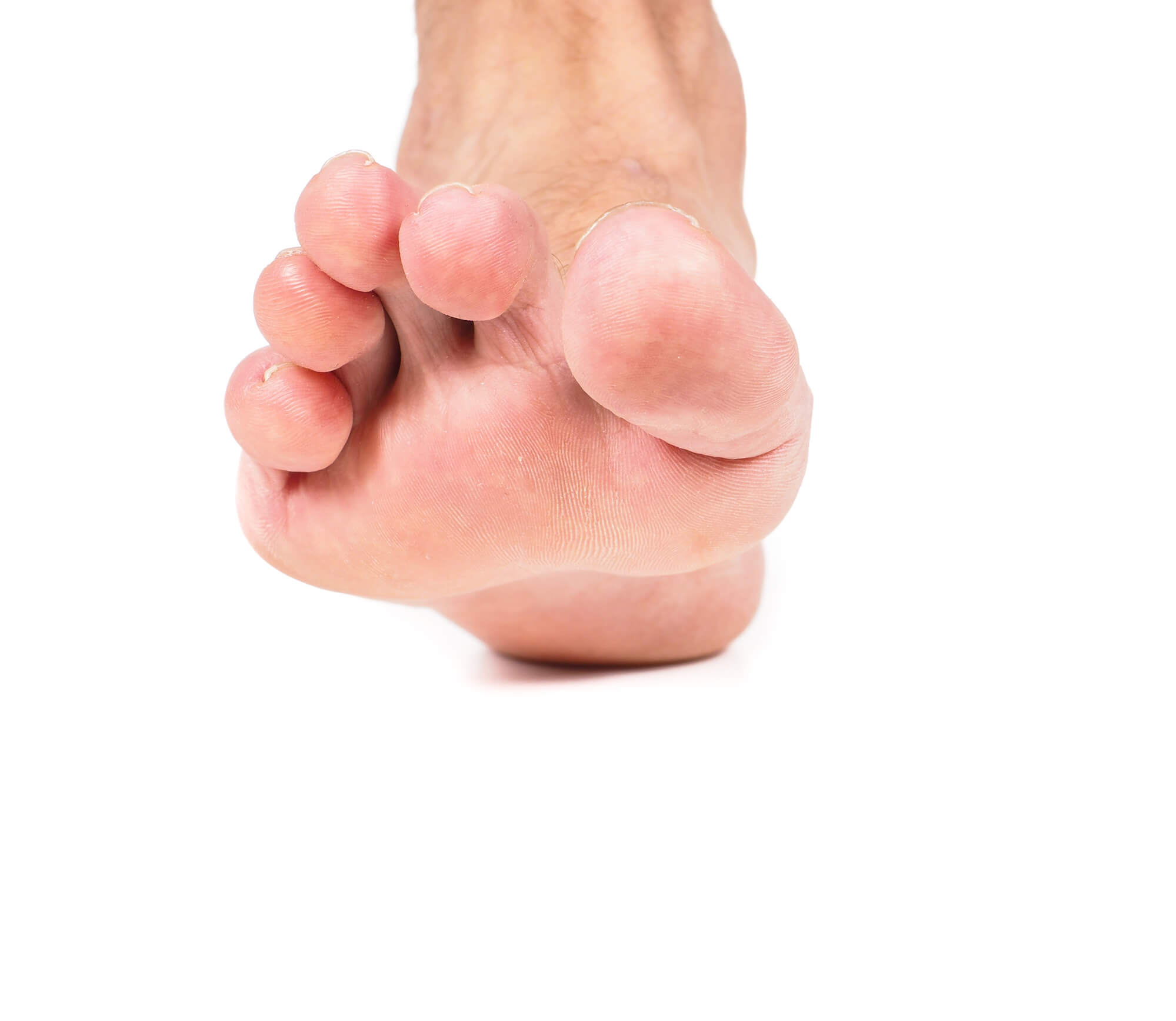Foot Drop: Symptoms, Causes & Treatment
Foot drop, also known as drop foot, is a common condition where an individual has difficulty lifting the front part of their foot. It can cause a person to drag their toes or trip while walking. This can lead to difficulty walking, increased risk of falls, and decreased mobility. Foot drop is not a disease but rather a symptom of an underlying issue. Understanding the symptoms, causes, and treatment options for foot drop is crucial for improving your overall quality of life.
What is Foot Drop?
Foot drop is a condition that affects the way you walk. It occurs when you are unable to lift the front part of your foot due to weakness or paralysis in the muscles that lift the foot. As a result, you may drag your toes or trip while walking.
Overview of Symptoms and Causes
Foot drop can be a result of a nerve injury, neurological disorder, muscular dystrophy, or stroke. It can also be a symptom of multiple sclerosis or a spinal cord injury. In some cases, the cause may be unknown. Understanding the symptoms and causes of foot drop is important for seeking the right treatment options.

Symptoms of Foot Drop
Foot drop symptoms can vary based on the underlying cause. However, the following symptoms are common for individuals with foot drop:
- Weakness in the Foot and Ankle: Individuals with foot drop may experience weakness or paralysis in the muscles of the foot and ankle. This can make it difficult to lift the front part of the foot while walking.
- Difficulty Lifting the Foot: Foot drop can cause a person to drag their toes or trip while walking. This can lead to difficulty lifting the front of the foot, which can be frustrating and make walking challenging.
- Tripping or Dragging the Foot: Foot drop can also cause tripping or dragging the foot while walking. This can increase the risk of falls and make walking difficult, especially on uneven surfaces.
Causes of Foot Drop
The cause of foot drop can vary based on individual circumstances. The following are common causes of foot drop:
- Nerve Injury or Damage: The peroneal nerve, which runs down the front part of the leg and is responsible for lifting the front part of the foot, can be damaged or injured. This can cause foot drop.
- Neurological Disorders: Neurological disorders, such as multiple sclerosis or a spinal cord injury, can also cause foot drop.
- Muscular Dystrophy: Muscular dystrophy is a genetic condition that affects the muscles and can lead to foot drop.
- Stroke: Foot drop can also be a result of a stroke, which can cause weakness or paralysis in one side of the body.

Treatment Options for Foot Drop
Treatment options for foot drop can vary based on the underlying cause. The following are common treatments for foot drop:
- Physical Therapy: Physical therapy can help improve strength and mobility in the muscles that lift the foot. Your podiatrist may recommend exercises to help you raise the front part of your foot while walking.
- Foot and Ankle Braces: Braces can be worn to support the foot and toes, making it easier to lift the front of the foot while walking.
- Medications: In some cases, medications may be prescribed to treat the underlying cause.
- Surgery: In severe cases, surgery may be necessary to repair the peroneal nerve or to correct any other underlying issues that may be causing foot drop.
Conclusion
Foot drop is a common condition that affects the way you walk. It is a result of weakness or paralysis in the muscles that lift the front of the foot. Understanding the symptoms, causes, and treatment options are crucial for improving your overall quality of life. Common causes of foot drop include nerve injury or damage, neurological disorders, muscular dystrophy, and stroke. Treatment options can range from physical therapy and foot and ankle braces to medications and surgery. Your podiatrist can work with you to determine the best course of treatment based on your individual needs and circumstances. With the right treatment, individuals with foot drop can improve their mobility and reduce the risk of falls. If you are experiencing symptoms of foot drop, it is important to consult with a podiatrist for proper diagnosis and treatment.
FAQ
What is the main cause of foot drop?
Foot drop, also known as drop foot, is primarily caused by damage or injury to the peroneal nerve, which controls the muscles that lift the front of the foot. Other common causes include neurological disorders, such as multiple sclerosis and muscular dystrophy.
What is the best treatment for foot drop?
The best treatment for foot drop will vary based on the underlying cause. Common treatments include physical therapy, ankle braces, and shoe inserts to support the foot and lift the front of the foot. In some cases, medications or surgery may also be recommended. Your podiatrist will work with you to determine the best treatment for your individual needs and circumstances.
What are the first signs of foot drop?
The first signs of foot drop may include difficulty lifting the front part of the foot, dragging the foot while walking, and tripping or falling. If you are experiencing any of these symptoms, it is important to consult with a podiatrist for proper diagnosis and treatment.
Can foot drop be corrected?
In many cases, foot drop can be corrected through proper treatment and therapy. The success of the treatment will depend on the condition's underlying cause, so it is important to consult with a podiatrist to determine the best course of action.
What does foot drop indicate?
Foot drop can indicate nerve damage or injury, a neurological disorder, or a muscle disease. Suppose you are experiencing symptoms of foot drop. In that case, it is important to consult with a podiatrist for proper diagnosis and treatment, as it can also be a sign of more serious underlying conditions.

